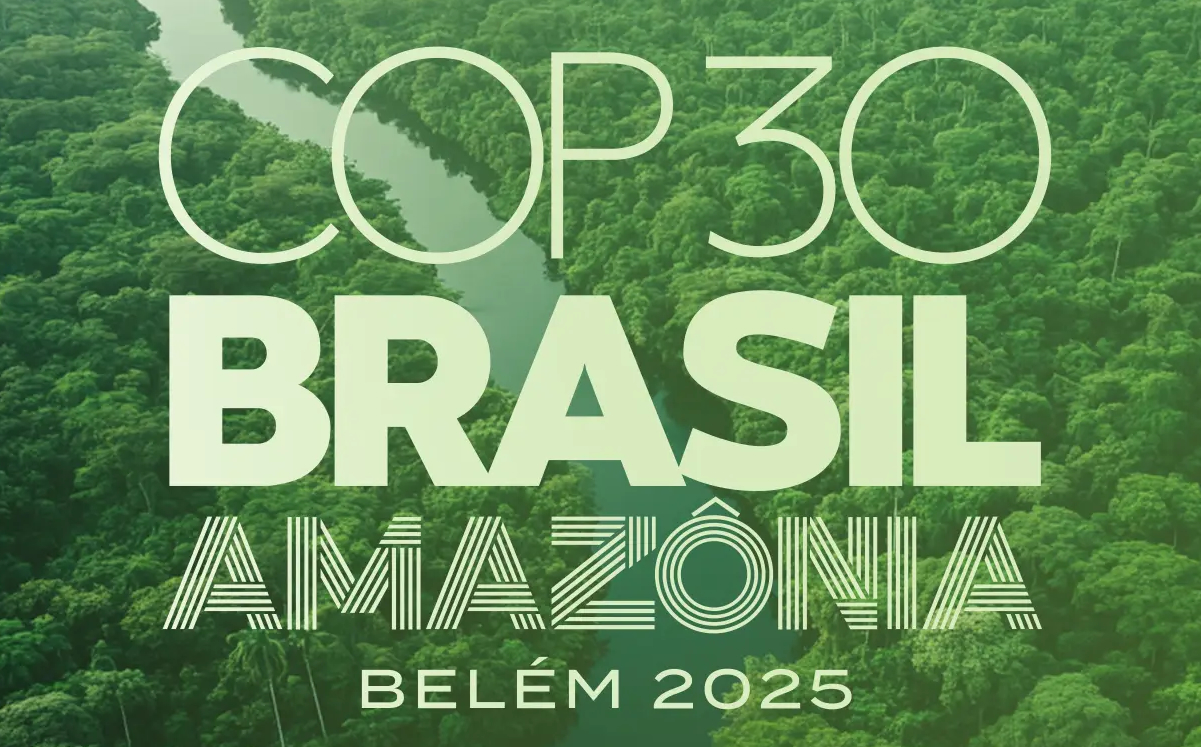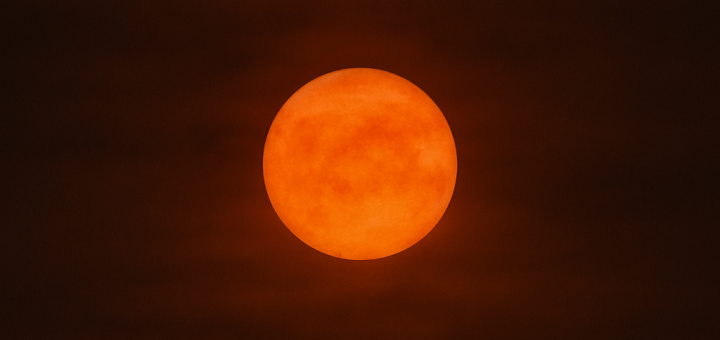The duck curve: solar energy’s challenge

Puerto Peñasco Solar Park (northwestern Mexico) has battery storage systems for a better integration with the electricity grid.
Source: PV Magazine
Globally, three-quarters of the greenhouse gas emissions that cause climate change are due to energy use. Therefore, the main tool we have to combat climate change is the energy transition; that is, to stop using fossil fuels, such as oil, and start using almost all of our energy from renewable sources, such as wind or solar.
However, a fundamental problem with solar energy is that it is variable, which means that we do not have access to energy when we need it, but can only use it when it is available. Obviously, solar energy is only available during the day, and its peak generation occurs when the sun is at its highest point in the sky around midday. On the other hand, demand, or energy use, is usually minimal during the early morning and peaks in the evening.
So, the problem is that peak solar power generation does not correspond to peak electricity demand, which causes an effect that California’s power grid operators have dubbed the duck curve, because of its resemblance to a duck’s belly and neck. At midday, there is too much solar electricity generation and too little demand, resulting in a period of very low residual demand (the demand that must be met by all other power plants), which, if it reaches zero, would cause a blackout, as generation and demand must be balanced at all times; this point is colloquially referred to as the belly of the duck curve. On the other hand, at sunset, solar generation is already declining, but demand is increasing. The rest of the traditional power plants must then very quickly increase their production to compensate for the neck of the duck curve, something for which most generation plants are not adapted.

The duck curves arises when solar energy is integrated to the grid.
Source: Contrary Research
However, this characteristic of renewable energies should not be taken as a reason to delay the much-needed energy transition, since we already have the solutions at hand. In 2012, California imagined a catastrophic duck curve scenario for 2020 given the amount of solar energy injected into the grid; this projected amount was reached in 2016 and continues to grow, while the catastrophe has not materialized. The two main solutions have been to shut down solar power plants at midday on very sunny days, which even considering economic losses is cheaper than operating coal-fired power plants. The other main solution is to install battery systems to store electricity, something we are already doing in Mexico at the Puerto Peñasco solar power plant, which will be the largest in Latin America when its final stage is completed.

The duck curve effect starts to be evident in Mexico's grid.
Source: PRODESEN
Additionally, there are countries whose electricity grids already have characteristics that allow them to be less affected by the duck curve because they have greater flexibility. Some important characteristics that give electricity grids flexibility are a large number of hydroelectric and gas power plants, which can be turned on and off very quickly to meet the demands of the duck curve. In this regard, Mexico has ample flexibility and still a very low percentage of renewable energy, and we still have the possibility of increasing the renewable energy we generate more than tenfold before encountering any problems. It is therefore urgent that Mexico begin to take action to avoid the worst effects of climate change.
Article translated from Spanish with DeepL, proofread by a human
Article published originally in Spanish in the Izcalli Times




